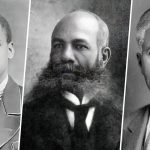Too often, thanks to Hollywood films, we have a somewhat romantic view of the gangster era of the 1920s. It might be easy to assume that gangsters of the Roaring Twenties dedicated their time to bootlegging whiskey and running secret speakeasies.
In reality, the 1920s saw an uptick in organized crime with powerful and ruthless gangs engaging in prostitution, racketeering, bribery of government officials, gambling, and murder. No other event exemplified the violence of the 1920s like the St. Valentine’s Day Tragedy … a deadly incident that proved that there was nothing romantic about gang warfare.
The St. Valentine’s Day Tragedy
Rival gangs were vying for control of the city of Chicago in the closing years of the 1920s. It was not uncommon for the violence to spill into the streets. One of the most powerful and notorious gangsters of the time, Al Capone, wanted total control over the gambling, bootlegging, speakeasies, and prostitution rings of Chicago.
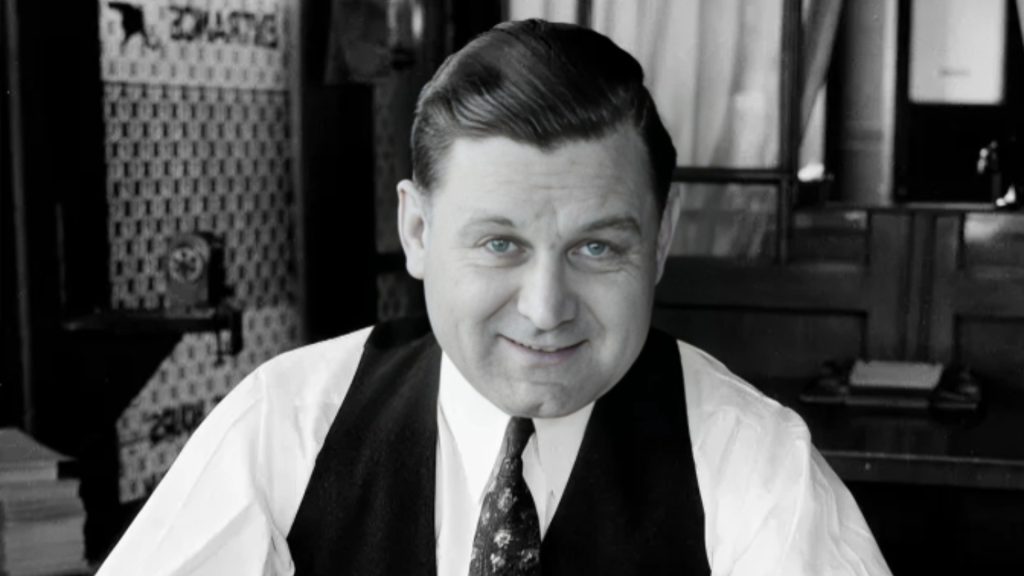
Standing in his way, however, was his biggest rival, George “Bugs” Moran, the leader of a gang of Irish criminals from the city’s North Side. Things came to a head when seven of Bugs Moran’s men were rounded up by a group of unknown men wearing police uniforms. Moran’s men were lined up and shot execution style on February 14, 1929 … St. Valentine’s Day.
An Unsolved Crime
Officially, the brutal murders of the seven men remains an unsolved crime. The investigating police detectives had a hard time finding witnesses who were willing to talk about what they saw. With little to go on, they investigated the seven victims.
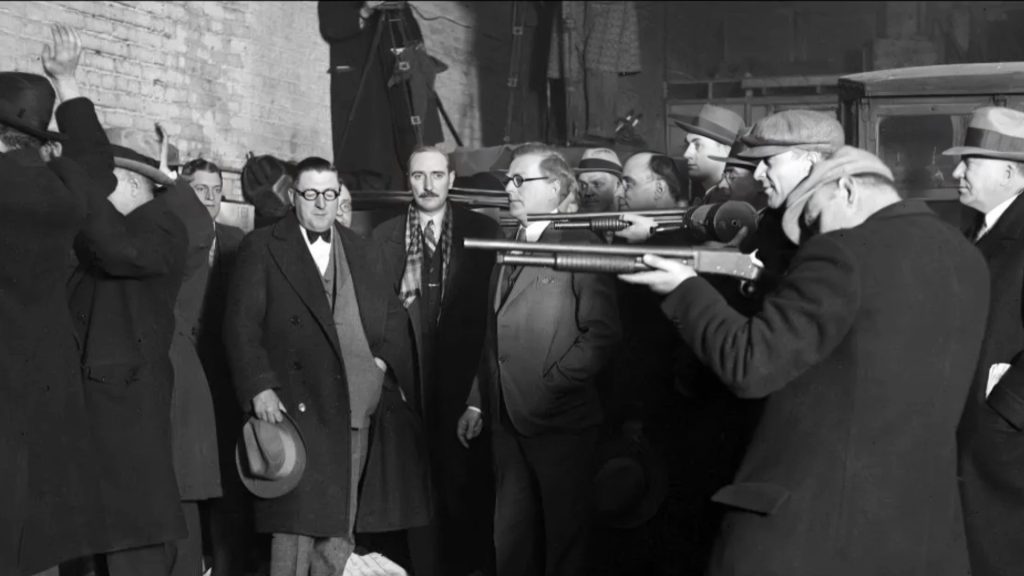
The victims of the St. Valentine’s Day Tragedy all had one thing in common – they were known associates of Bugs Moran. Moran, as well as the police detectives, believed that Al Capone was involved, but Capone wasn’t even in Chicago at the time.
Who Was Al Capone?
By the end of the decade, Al Capone had a reputation as one the Prohibition Era’s most callous and cold-blooded organized crime leaders. But at the start of the 1920s, the Brooklyn-born Capone was a newcomer to Chicago and an apprentice of sorts to Windy City mobster Johnny Torrio.
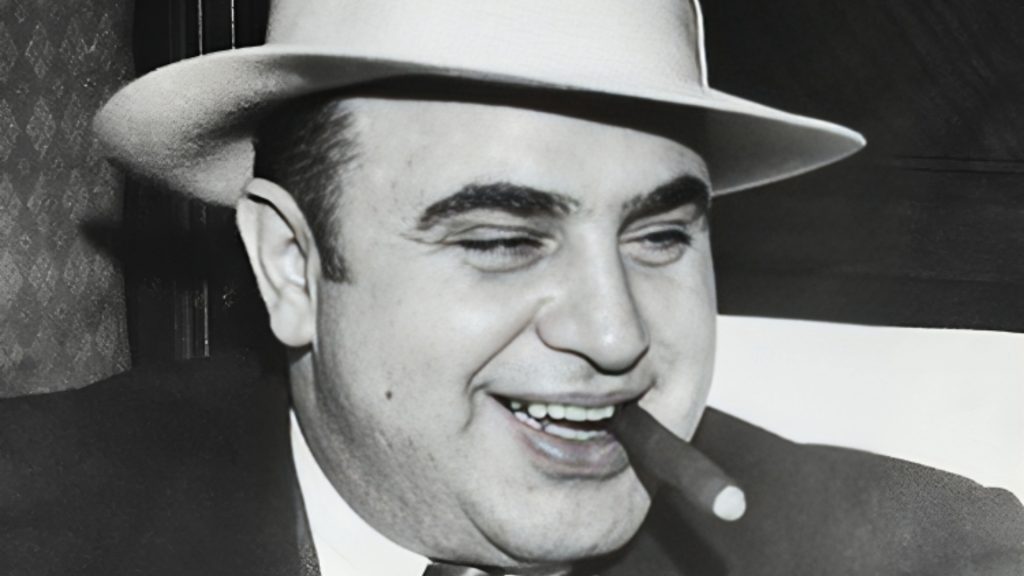
Capone was smart, shrewd, and didn’t hesitate to get his hands dirty when necessary. He was the type of man that Torrio could count on. Capone moved up the ranks of Torrio’s gang, acquiring more power and notoriety along the way.
Prohibition Aided the Rise of Organized Crime
On January 17, 1920, after years of pressure from temperance groups, it became illegal for anyone in the United States to manufacture, transport, sell, or consume alcoholic beverages. Prohibition had the unintended result of fueling organized crime across the country.
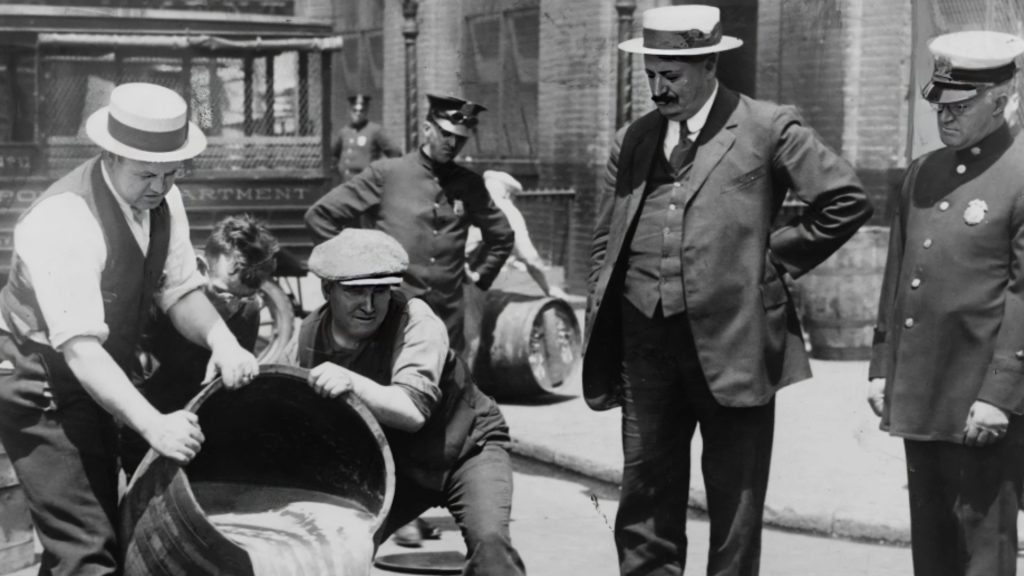
Even though alcohol was illegal, there were still plenty of people who wanted it. To fulfill this demand, enterprising criminal gangs developed a black market for alcohol. This proved to be a lucrative endeavor, but the mobsters were satisfied. They expanded into other criminal activities, such as prostitution, smuggling, and operating illegal drinking and gambling establishments.
Al Capone and Chicago’s Mobster Reputation
In 1924, crime boss Johnny Torrio was severely injured when a rival gang tried to assassinate him. He handed the reins of his crime syndicate over to Al Capone. By this time, Capone had earned the nickname “Scarface.”
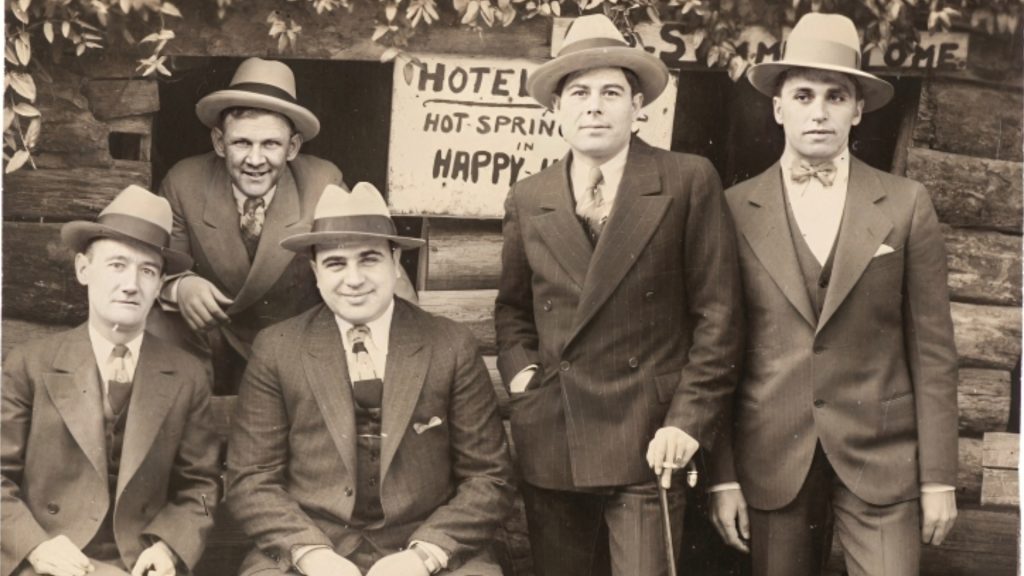
Under Capone’s leadership, the gang exploited Prohibition restrictions to amass a fortune in illegal alcohol sales, plus income brought in from prostitution and gambling activities. It was estimated that Capone’s income from his criminal enterprises was as high as $60 million per year. By 1927, Capone’s personal net worth was more than $100 million.
Capone’s Good and Bad Deeds
For many people living in Chicago, Al Capone was a hero. In November 1930, after the Stock Market Crash of 1929 and the start of the Great Depression, Capone rented a storefront from which he operated a soup kitchen. People facing severe financial situations could get three hot meals a day, thanks to the generosity of Al Capone.

Al Capone, however, also used his wealth, influence, and intimidation techniques to bribe and manipulate police officers, police detectives, and politicians. He had several key people in his pocket, which proved to be beneficial.
The Morning of Valentine’s Day
The seven victims of the St. Valentine’s Day Tragedy were in a garage, located at 2122 North Clark Street in Chicago’s Lincoln Park neighborhood, when a group of men entered the business. At least two of the men were, according to witnesses, wearing police uniforms.
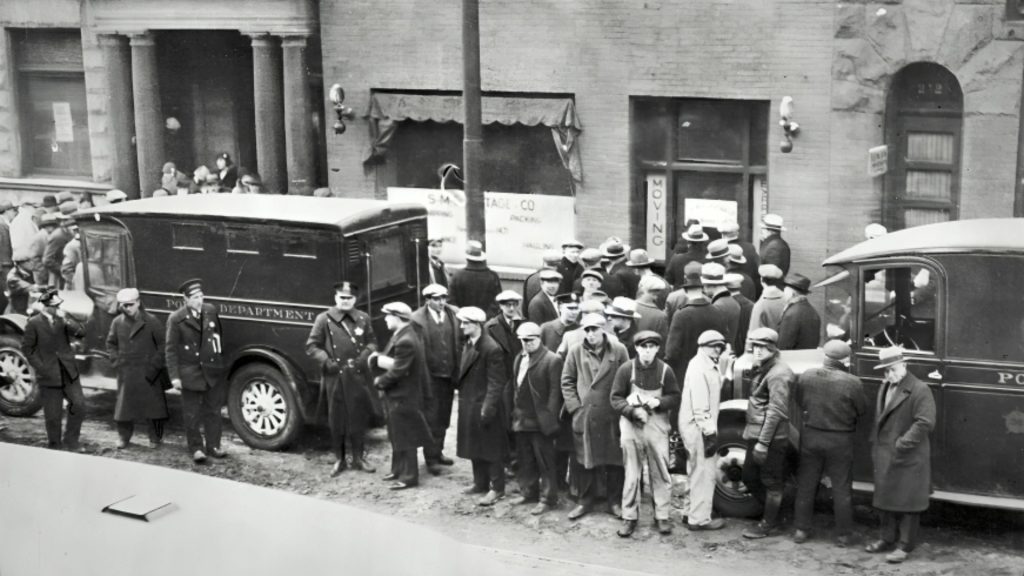
The other men were wearing suits with ties, hats, and overcoats. Witnesses also reported that the two “police officers” escorted the other men out of the garage after the killings at gunpoint. At least two Thompson submachine guns were used in the Tragedy.
“I Won’t Talk!“
The St. Valentine’s Day Tragedy took place at 10:30 a.m. The police from the 36th district station were summoned to the garage on North Clark Street not long after the shooting. They found a horrific, bloody scene with seven victims, all of whom have been shot multiple times.
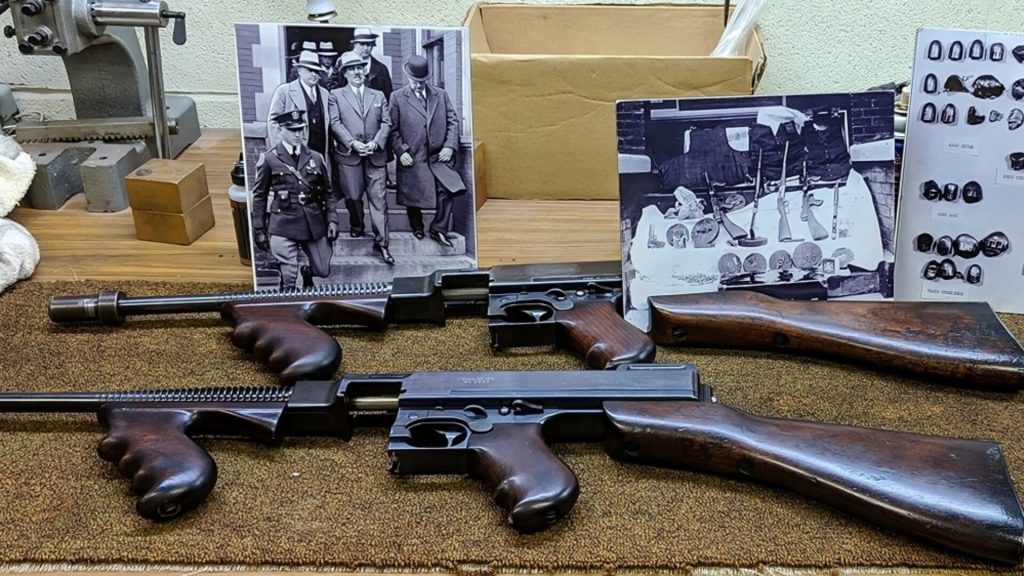
Six of the victims were obviously dead. Miraculously, one of the victims, Frank Gusenberg, was still clinging to life despite being hit by 13 bullets. The police tried to question him about the shooting. Gusenberg allegedly stated, “I won’t talk! For God’s sake, get me to a hospital” He was transported to the hospital, but died just a few hours later.
Who Orchestrated the Tragedy?
Based on the few eyewitness testimonies, the police detectives theorized that the killers were not police officers at all, but men dressed to look like officers. They were trying to trick the victims by letting them think they were being arrested.
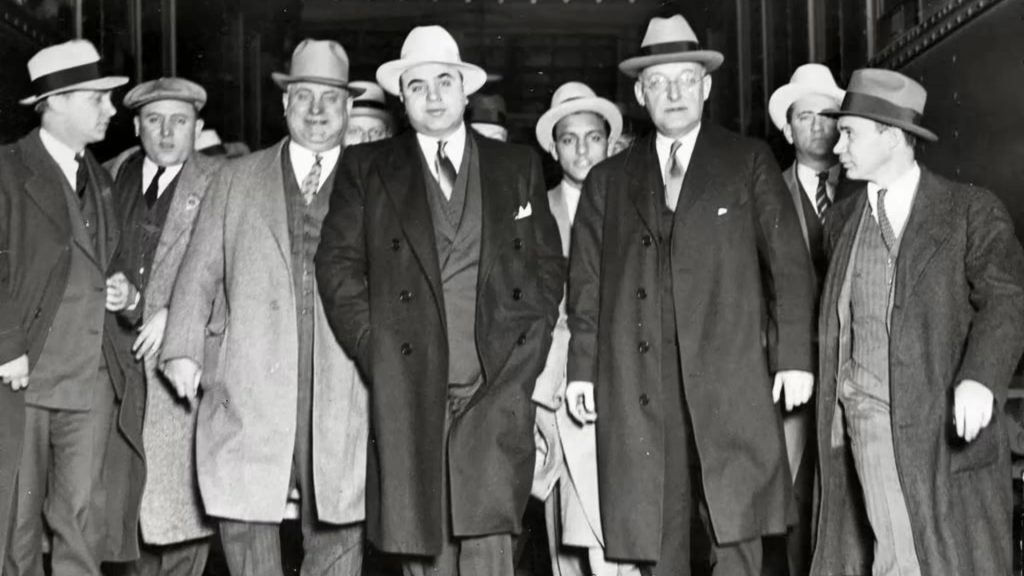
Bugs Moran, who was actually on his way to the garage that morning but arrived a few minutes after the tragedy, immediately pointed a finger at Al Capone as the people being the killings. Capone, however, claimed he was not even in Chicago during the tragedy. He was, instead, at his family home in Florida when the killings took place.
An Unsolved Crime
The Chicago police claimed there was no evidence connecting Al Capone to the St. Valentine’s Day Tragedy. It was widely speculated that Capone arranged for the killings as a way to end Bugs Moran’s gang and take over control of all of Chicago.
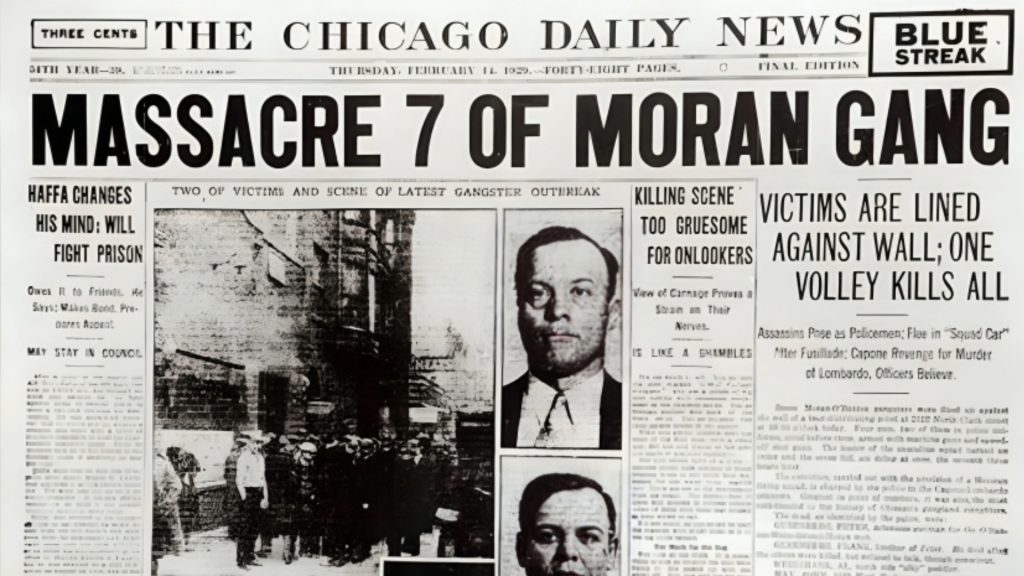
Moran was quoted as saying, “Only Capone kills like this.” It is highly likely that Capone had ordered the hit, but no one was ever arrested or tried for the murders. Could it be that Capone’s association with Chicago area police officers forced the police to look the other way?
Capone Gets What’s Coming
Al Capone may not have been charged with the St. Valentine’s Day Tragedy, but he was tried and convicted of another crime just a few years after the tragedy. In 1931, the notorious and infamous Prohibition Era gangster was tried and convicted of tax evasion.

Capone was sentenced to serve time in prison. His control over his criminal gang was over, although there were others who believed that Capone continued to call the shots from his prison cell.


